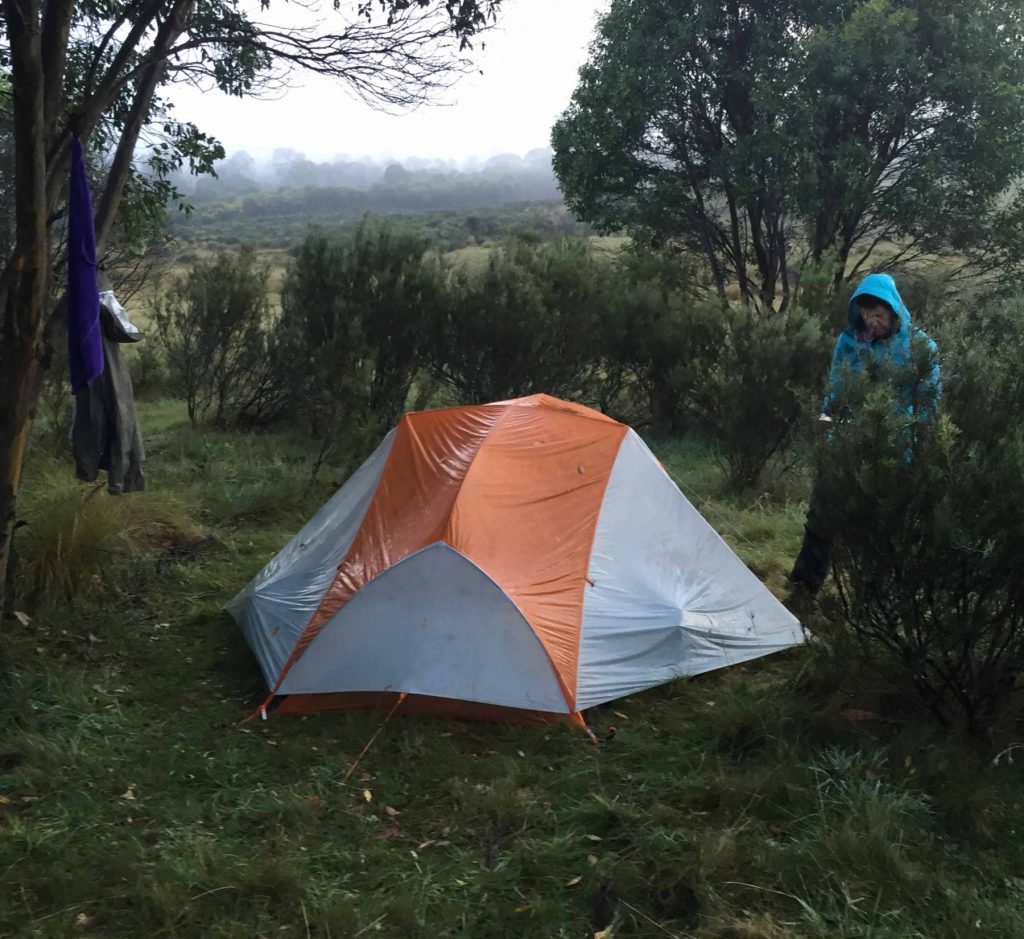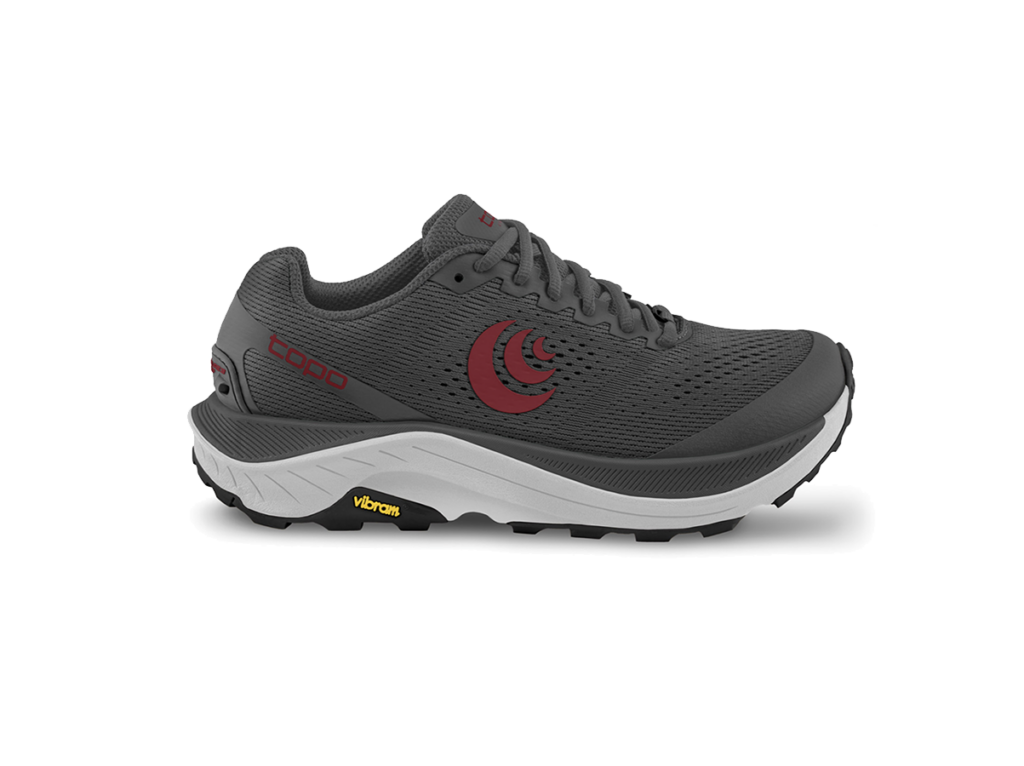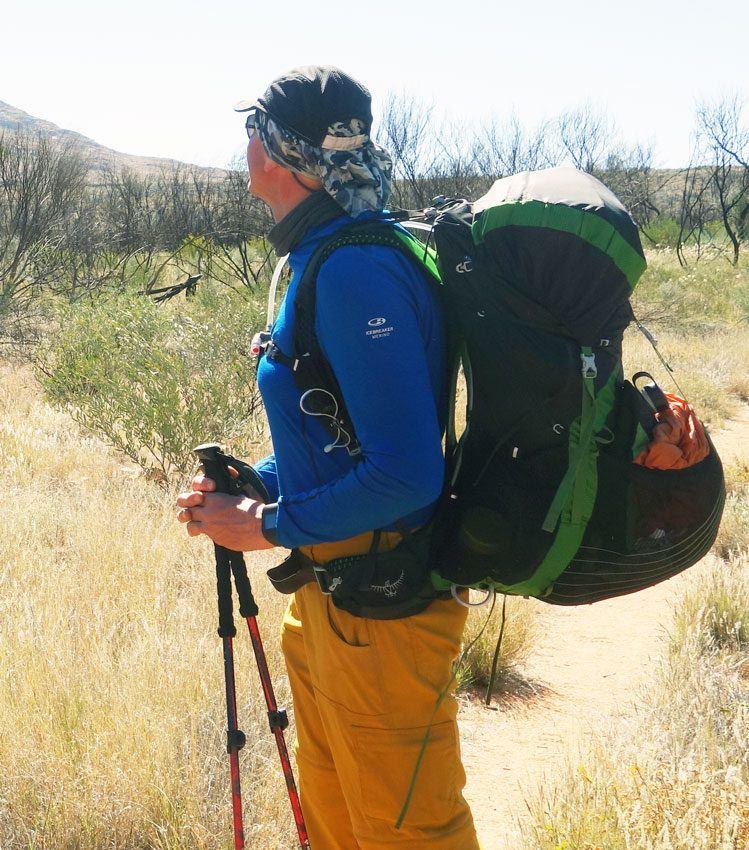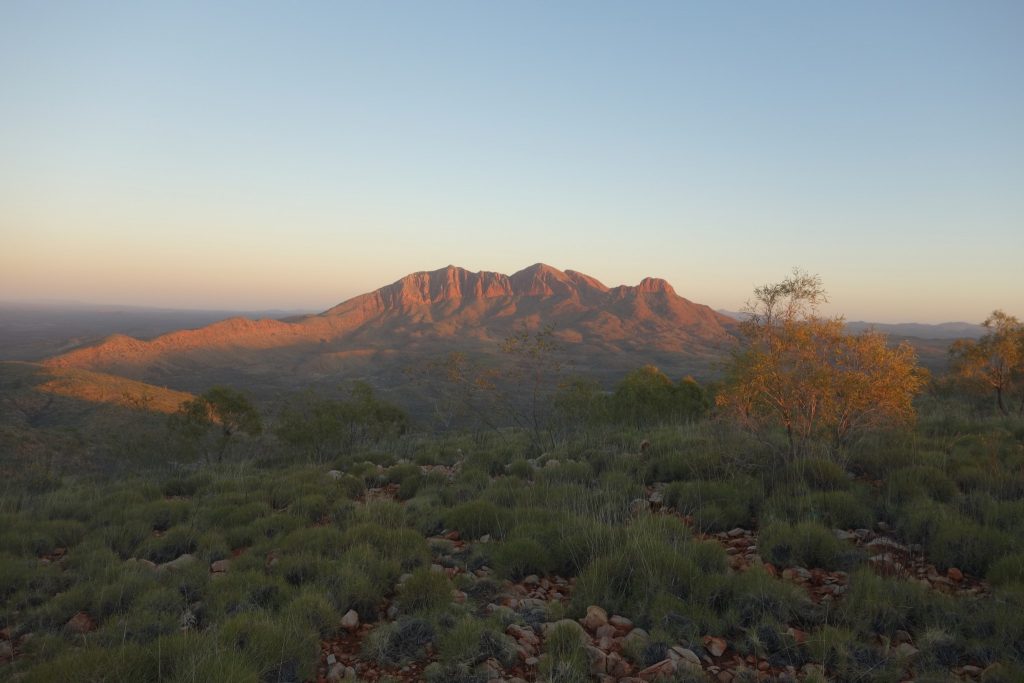Getting into Long Distance Hiking
Hiking practice
Recently I was asked for some guidance on hiking long distances on the Larapinta Trail including how many hours or kilometres should you hike in one day. There is no simple formula but ultimately whatever you do it does need to be tailored to your fitness and comfort levels.
A phrase used by the American long distance fraternity is Hike Your Own Hike (HYOK). Put simply this means that whatever anyone else does, or recommends, as a hiker you need to do what you are comfortable with and what makes you happy. Don’t try to keep up with someone else or follow someone else’s plan unless you have the same fitness level and are happy to do so. There are some hikes I do that most sane people class as extreme (or insane) and as such, Gill will choose to leave to me to do them by myself. An example is when I walked the 145 km Centenary Trail in three days.
Before I get into specifics here are some general recommendations. You may already know these but better to mention them than make assumptions. The transition from 1-2 day hikes to long distance hiking is more complex than many people think but given the right preparation its something that anyone can do.
We have used the Larapinta Trail here but really this article can apply to almost any long distance hike.
Minimise Your Load
Only carry what you will use and try to minimise the weight you carry to reduce the impact on your body. I’m trying to move towards becoming an ultralight hiker and want to really strip down the weight but I may not get there because there are some ‘luxury’ items that I won’t do without. The less weight you carry, the happier you will be and the better your body will perform.
On the Larapinta Trail my pack, at its heaviest, was 21 kg (at the start of the day). This was when we needed to carry two days of water, three to four days’ food as well as the 1.5 kg of podcasting equipment. One hiker we came across on Larapinta was carrying 34 kg and while he was a big guy, he struggled. Gill was carrying 17 kg which was at the top-end of her preferred pack weight. Guidance from our fitness trainer is that you should carry no more than about 20% of your body weight for long periods –Gill’s 17 kg pack was way over this guidance! You will see a number of different figures bandied about here anywhere from 20-30%. As we get older our bodies don’t work as well as they did when we were younger so drop some weight from your pack and enjoy yourself more.
If you are able, reduce the weight of individual systems, particularly the ‘big 3’ (i.e. tent/shelter system, sleep system and pack system). Unfortunately, the lighter products in these three systems tend be the more expensive ones.
If you can, borrow gear from friends so you can test out what might work best for you.

The big three. These there items will usually be responsible for the bulk of the weight you carry on a longer hike
Shakedown Hikes
Do a couple of shakedown hikes in your local area with a view to removing items you don’t need. Carry what you are expecting to carry on the trail and cast a critical eye over the gear after each hike. We reviewed information from various Larapinta websites and discovered that the recommended pack size of 70 litres was overkill for us. Also, I managed to reduce my pack weight by almost 2 kg (empty weight) by using a lightweight pack.
If you are happy to carry it, then that’s fine but be critical about whether you are likely to ever use it or not. Sometimes ‘just in case’ is good planning (first aid gear) and at other times it may just mean you are being overly ‘attached’ to certain items. Items that have multiple uses are a great idea – think of the eating utensil that has a spoon at one end and a fork at the other, or better still use a Spork which is a fork and spoon in one.
First aid gear isn’t a luxury so while you should keep it simple, don’t skimp here.
Food can be a big weight but you don’t want to skimp. Gill and I have worked out what we eat on an extended trip and we carry around 650 grams per person per day (dry weight). Contrary to logic, your desire to eat can decrease over time on a long distance hike, at least in the early stages. You do need to make sure you eat regularly and often if you are doing big days. Carry food you really like not just what weighs the lightest. For trips over one week in length you will generally find you will start becoming sick of certain foods so remember to provide yourself with plenty of variety.

Trying out our new Big Agnes Cooper Spur tent prior to our 2016 Larapinta Trail trip. Three hours of torrential rain and gale force winds and not a leak in sight!
Build Your Fitness
Ensure you have the right level of fitness for hiking. You may need to build up to doing a long hike. Cardio and strength training is important along with training by carrying your weighted pack – this should be a properly loaded pack rather than a pack with weights in it.
Build up both distance and weight over a couple of months prior to your long hike. I walk on average 50-75 km per week (mostly in my hiking footwear) with a lightweight pack. When I’m training for a big walk I will start off with a light pack, increasing distance, and then gradually increase the pack weight and difficultly. A few weeks before the big hike, I will do two days with a full pack for about 20-24 km each day.
Back to HYOK. My 14-day itinerary for the Larapinta Trail (travelling West to East) meant nearly 48 km over the last two days but this was over the easiest terrain. If you’re hiking Larapinta or another long trail and this sort of distance is going to be too much, then split the last section into three days, which for many people is more reasonable. Don’t forget to rest up from the training (not stop) the week before your trip so you’re ready to start fresh on day one of the hike.
Focus On Your Feet
For the Larapinta Trail (and most hiking), I believe that leather boots are overkill – I do own a heavy duty pair of leather boots but just don’t use them that often. Instead consider a lighter weight boot such as the Keen Targhee or the Solomon XA 3D Pro Mid, or something similar. Hikers get into passionate discussion on this subject particularly on the Larapinta Trail. Gill wore the Vasque Taku GTX and had no problems although her feet did swell after multiple long days which meant her boots were becoming increasingly ‘tight’ as the days passed. Another hiker we joined up with was wearing the Keen Targhee hiking boots and a number we saw were using trail runners which are well known with long distance hikers.
However footwear is very personal so find something that suits you and get used to wearing them with your loaded pack. There are plenty of brands on the market offering some really great products. The heavier your pack, the heavier your boots will need to be but the heavier your boots are, the more impact this will place on your body…there are always trade-offs!

Topo Ultraventure 3 This footwear can be hard to find in my size 15 but I love them. Footwear selection is one of the most critical gear choices you will make. Choose the wrong ones and you won’t enjoy your trip
The Mental Game
While physical fitness is crucial to successfully completing a long hike we also need a degree of mental fitness. On many of the American long trails such as the Pacific Crest Trail the reason people drop out in the first week is due to a lack of physical preparation. From then on one of the main reasons people don’t complete the trail is the mental challenge. You start second guessing why on earth you chose to do a long hike, you miss family, you get scared, you’re lonely, or any number of other reasons which may be valid but might just be your subconscious creating doubts. I love solo hiking but for many people the solitude and loneliness on the trail can be hard to overcome for those who are used to being surrounded by others almost everyday.
Develop strategies for dealing with the hard times you will have on the longer trails. When we hike as a couple, our bad days rarely coincide so one of us is usually upbeat when the other is doing it tough.

Hiking solo is not for everyone and for most people its a mental challenge rather than a physical one. Develop some strategies for dealing with mental challenges on the trail. You might be having a bad day but the next one may be spectacular
Some Larapinta Trail Specifics
Now for some specifics that relate directly to the Larapinta Trail
It Can be Hard On Your Feet
The Larapinta Trail is a hard surface, probably more so than just about any mainstream track in Australia. Mostly you are walking on compacted soil that is full of rocks. This impacts your feet, hence the recommendation to build up your fitness (and feet fitness) beforehand. Many of us work in dress shoes and our feet are too soft and lack the ‘foot fitness’ if we don’t train them.
The Larapinta Trail is a faster trail than the Overland Track on average as you usually don’t have to worry about mudslides, or having to navigate tree roots. Our website images of the Larapinta Trail illustrate the terrain well.
There Are Long Days
Distances on a 14-day itinerary vary between 10 to 26 km. One of 26 km days was a double water carry (so 21 kg pack weight) while the other was on the last day when we were travelling with little food and by that stage my pack weight was only 10 kg.
Most days we walked for six to eight hours at a pace of about 15-20 minutes per kilometre depending on the terrain. This is by no means a fast pace and there were some younger hikers doing the track in 9-10 days rather than 14. During your pre-training you may work out that 26 km is too much so add an extra day or two to cut these long days in half. The guidebooks recommend 18-20 days as an itinerary but if you are a fit hiker you will have a lot of free time on your hands each day. I suggest allowing a rest day if you are not sure.
Plan Where You’ll Camp
We consciously chose not to camp at some of the trail heads. In any itinerary on the Larapinta Trail you should plan on camping at Hilltop Lookout just after Rocky Bar Gap (if you are travelling West to East). The image on our home page was taken from Hilltop Lookout. You should also camp on Brinkley Bluff – it is spectacular!
All along the Larapinta Trail there are flat areas to camp in-between the trail heads but if you are planning on doing this, you will need to have enough water with you to last until you reach the next trail head. Depending on the weather, water may be available on the trail but don’t count on it unless you are really sure.

Our morning view, Mt Sonder at dawn
The Last Word
So why should you consider doing extended hikes? A week or more being away from the TV, from work, a chance to get out in nature and see things less common, a chance to think! Each us has limitations be it physical, mental or just lack of time. Some of the best experiences I have had is when I’ve challenged myself to push that little bit extra. And back we come to that saying of ‘Hike Your Own Hike’. Whatever information you track down on a particular hike needs to be tailored to your own skills, ability and fitness level and only you know what that is. Ultimately it comes down to preparation and knowing exactly what you are capable of.
You may not be planning to do the Overland Track, the Larapinta Trail, or even the Pacific Crest Trail anytime soon but start planning now so you are ready in a year or two’s time. You’ll be glad you did.
Last updated
21 April 2024